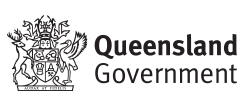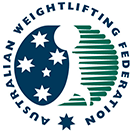Weightlifting FAQs
Weightlifting is an Olympic Games and Commonwealth Games sport in which athletes perform two lifts – the Snatch and the Clean & Jerk. The Queensland Weightlifting Association provides opportunities for athletes to compete at all levels from local to national.
Weightlifters compete within bodyweight categories and often also within age groups. There are a number of different bodyweight categories for both men and women.
The annual Queensland Championships and Australian Championships are held in age groups of Under 15; Under 17 (Youth); Under 20 (Junior); Under 23; Senior (Open); and Masters (35 and over). In addition to championships events, Queensland has a very active club competition program.
With correct coaching, proper equipment, and realistic expectations, weightlifting training is safe and beneficial for most people. Unfortunately there are still some myths which cause concern to those who haven’t experienced weightlifting training first-hand.
Many years ago it was recommended that children and adolescents should avoid weightlifting, because it was thought to expose them to a greater risk of musculoskeletal injuries. But a retrospective review of the effects of weightlifting on preadolescents and adolescents found that weightlifting posed no extraordinary risk to healthy growth and in fact contributed to greater bone density and stronger joints.
A properly designed and supervised weightlifting training program can provide a safe and effective way to obtain the following benefits:
- Improved muscle tone
- Improved joint flexibility
- Better motor skills
- Increased strength, power & speed
- Improved body composition
- Better cardio respiratory function
- Improved overall sports performance
- Greater confidence and self esteem
Children at any age can train and compete in local Club competitions and some State competitions. Young children don’t really start developing strong muscles before they reach puberty, so it’s very important to have realistic expectations of what can be achieved at a young age and to focus on skill development and having fun.
It’s very important for participants of all ages to follow the guidance of an accredited Weightlifting Coach.
Physical development is related to age, body type, current levels of physical activity and various phases of growth.
To perform the complex movements involved in weightlifting, novices must first learn the basic techniques. As they master the introductory exercises using relatively light weights, they can progressively increase those weights and move on to more advanced training. A qualified coach can monitor the rate of each individual’s progress and greatly assist in the development of advanced skills and the attainment of greater results.
Weightlifters train to develop and perfect their technical skills while at the same time, they are conditioning their bodies to be strong and powerful. This process of learning weightlifting technique, coupled with progressive physical conditioning, provides a balanced approach to overall physical development.
Lifting Weights is not all Weightlifting
Understanding the difference between Olympic Weightlifting, strength training, power lifting and body building is important.
Strength Training:
Uses resistance methods to increase a person’s ability to exert or resist force. Free weights, the individual’s own body weight, machines, or other devices (e.g. elastic bands, medicine balls) provide resistance. Strength training is used as an adjunct to many sports and for general physical conditioning.
Powerlifting:
Is a competitive sport in which athletes demonstrate maximum lifting ability. Powerlifting competitions consist of three lifts – the Squat, the Bench Press, and the Dead Lift. Powerlifting training promotes the development of strength.
Bodybuilding:
Is an aesthetic sport that depends on weight training but does not involve lifting in competitions. Bodybuilders use a variety of apparatus to develop large muscles, often isolating individual muscles, or small groups of muscles, with specific exercises. Bodybuilding training promotes the development of muscle size and shape, and body symmetry.
Weightlifting:
Weightlifting is an Olympic Games and Commonwealth Games sport in which athletes perform two lifts – the Snatch and the Clean & Jerk. This is weightlifting
Due to the hormonal differences between men and women, females can develop strength through resistance training, without an excessive increase in muscle size or bulk (less than 5mm). Most women participating in Olympic Weightlifting actually experience a loss of excess body fat and therefore experience a reduction in their overall body size.
There are no biological differences that inhibit women and girl’s capacity to participate in Weightlifting and weight training. In fact due to a female’s tendency to be more flexible than their male counterparts, women are generally able to perform the Weightlifting movements more effectively. Further, a woman’s body can manage a resistance training program just as well as a man’s can.
Weightlifting will not make women infertile. A woman’s reproductive organs are internal and therefore protected from the risk of injury through Weightlifting participation. Physically active women normally have easier pregnancies and deliver healthier babies.
Weightlifting will not make female participants overly aggressive or unfeminine. All sports develop competitive qualities in participants (male or female), however these characteristics, combined with a women’s natural femininity, are exhibited as a heightened level of self-confidence.
See the Become a Member page
Clubs usually charge training fees and some clubs may charge annual membership fees. These fees may vary and they are set by the individual clubs themselves. Ask your local club about their fee structure.
Competition entry fees apply to all QWA events.
A good pair of weightlifting shoes is recommended, and you might also want to consider things like wrist straps and knee sleeves and lifting costume, but these are not essential.


